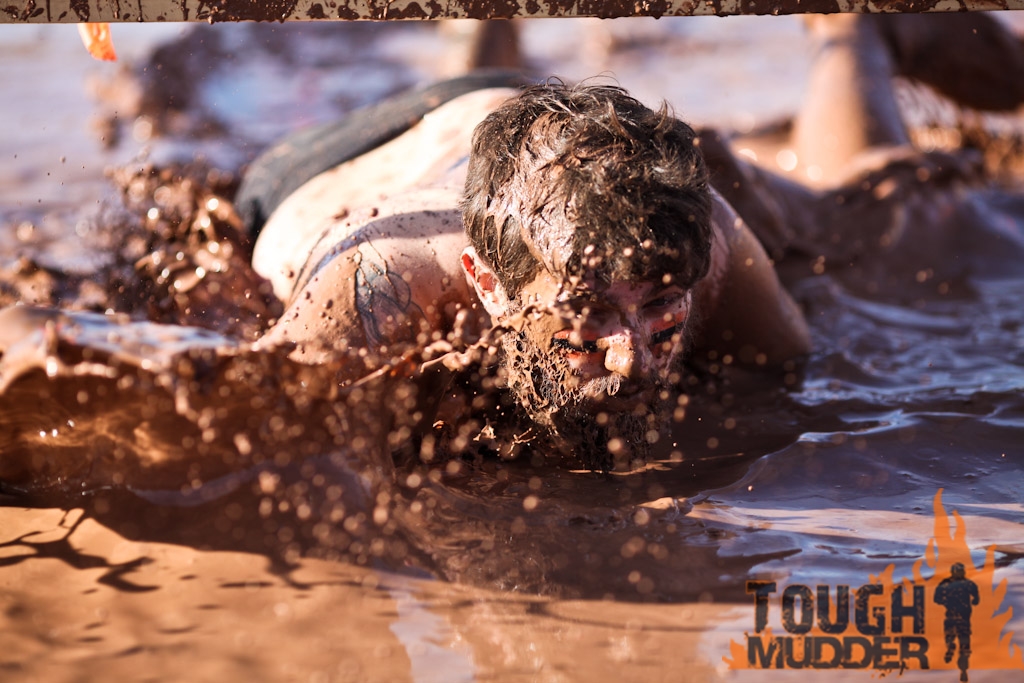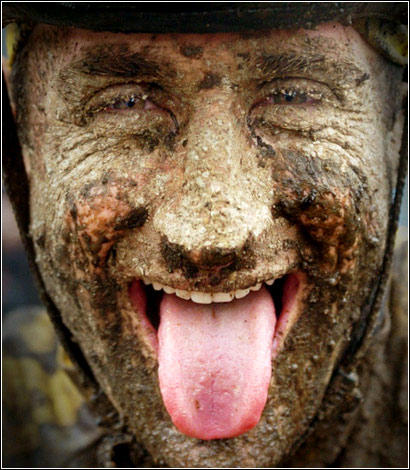Amy and I brought a couple of U.S. bicycles with us – and a bag full of skates and kid’s hockey equipment – when we returned to Brisbane.
We may be biking more, but won’t be entering any off-road races (that’s Amy on her previous bike, left, in Kansas, and below, right, today, both not exactly as shown).
Those who do, know there have been race-related outbreaks of Campylobacter and other bugs throughout the world, probably due to biking  through mud and crap on paths that may have been used by livestock or contaminated via runoff.
through mud and crap on paths that may have been used by livestock or contaminated via runoff.
Mud guards apparently work.
Norwegian researchers report in Epidemiol. Infect. (2013), 141, 517–523, that in 2009, following a bike race, a gastrointestinal illness outbreak affected many participants.
A cohort study showed an attack rate of 16.3% with the main risk factor being mud splashes to the face. Considering these findings, in 2010 recommendations to participants in the bike race were issued and environmental control measures were implemented. In 2010, a retrospective cohort study using web-based questionnaires was conducted to measure the use of preventive measures and to assess risk factors associated with gastrointestinal illness. A 69% response rate was achieved and 11721 records  analysed, with 572 (attack rate 4.9%) matching the case definition, i.e. participants reporting diarrhoea within 10 days of race. There was a clear increase in the use of mudguards (96.7% reported access to/receiving information on preventive measures) and a significant decrease in gastrointestinal illness. This may indicate that the measures have been effective and should be considered, both in terms of environmental control measures as well as individual measures.
analysed, with 572 (attack rate 4.9%) matching the case definition, i.e. participants reporting diarrhoea within 10 days of race. There was a clear increase in the use of mudguards (96.7% reported access to/receiving information on preventive measures) and a significant decrease in gastrointestinal illness. This may indicate that the measures have been effective and should be considered, both in terms of environmental control measures as well as individual measures.


 with animal feces and mud.
with animal feces and mud. spreading gravel in the sareas more prone to get muddy, and asking sheepowners to gather their animals earlier than the previous year, so fewer animals were close to the tracks.
spreading gravel in the sareas more prone to get muddy, and asking sheepowners to gather their animals earlier than the previous year, so fewer animals were close to the tracks. Coastal Health, said, "This was an outbreak with a high attack rate. Our future advice to the race organizers is to inspect the route prior to the race to ensure it is not littered with animal feces, and not end the race at the horse ring. If there is any horse poop, they have to remove it."
Coastal Health, said, "This was an outbreak with a high attack rate. Our future advice to the race organizers is to inspect the route prior to the race to ensure it is not littered with animal feces, and not end the race at the horse ring. If there is any horse poop, they have to remove it.".jpg) 200,000 cases of chlamydia, genital warts, syphilis, gonorrhoea and herpes in the 15-24 year old age group in England.
200,000 cases of chlamydia, genital warts, syphilis, gonorrhoea and herpes in the 15-24 year old age group in England..jpg) The report acknowledged that
The report acknowledged that.jpg)